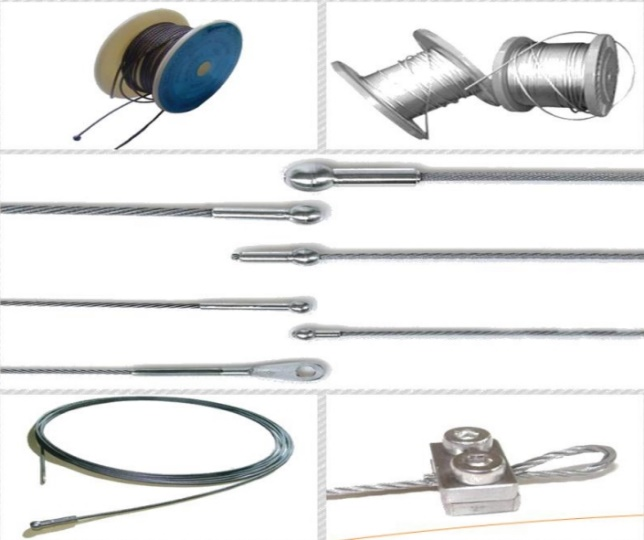In the realm of sports and physical fitness, the choice of apparel can significantly influence performance, comfort, and overall experience. One fabric that has long been a staple in casual wear is cotton. However, when it comes to athletic performance, athletes tend to steer clear of cotton garments. This article delves into the reasons behind this trend, exploring the scientific principles that make synthetic fabrics more suitable for athletic endeavors.
The Properties of Cotton: A Double-Edged Sword
Cotton is renowned for its softness, breathability, and comfort. These attributes make it an appealing choice for everyday wear. However, when subjected to the rigors of physical activity, cotton exhibits several drawbacks:
- Moisture Absorption: Cotton is highly absorbent, which means it retains sweat rather than wicking it away from the skin. This can lead to a heavy, soggy feeling during workouts, which can be distracting and uncomfortable.
- Drying Time: Once wet, cotton takes a considerable amount of time to dry. This prolonged moisture retention can lead to chafing and irritation, particularly in areas where fabric rubs against the skin during movement.
- Thermal Regulation: While cotton is breathable, it does not provide effective thermal regulation. During intense workouts, athletes need fabrics that can help regulate body temperature by allowing heat to escape while keeping the body cool.
The Superiority of Synthetic Fabrics
In contrast to cotton, synthetic fabrics such as polyester, nylon, and spandex have been engineered specifically for athletic performance. Here are several reasons why these materials are preferred:
- Moisture-Wicking Technology: Synthetic fabrics are designed to pull moisture away from the skin and disperse it across the surface of the fabric. This process not only keeps athletes dry but also helps regulate body temperature, allowing for improved comfort and performance.
- Quick-Drying Properties: Unlike cotton, synthetic materials dry rapidly. This is crucial for athletes who engage in prolonged physical activity, as it minimizes the risk of chafing and discomfort associated with wet clothing.
- Durability and Stretch: Synthetic fabrics are often more durable than cotton, resisting wear and tear from rigorous activities. Additionally, materials like spandex provide the necessary stretch for a full range of motion, which is essential for athletes in dynamic sports.
- Lightweight Design: Many synthetic athletic fabrics are lighter than cotton, reducing the overall weight of the clothing. This can enhance performance, as athletes are less encumbered by heavy, wet garments.
The Role of Technology in Athletic Apparel
The evolution of athletic wear has been significantly influenced by advancements in textile technology. Brands are now incorporating features such as:
- Antimicrobial Treatments: These treatments help reduce odor caused by bacteria, allowing athletes to feel fresher for longer periods during intense workouts.
- UV Protection: Some synthetic fabrics offer built-in UV protection, which is particularly beneficial for outdoor athletes who are exposed to sunlight for extended periods.
- Compression Technology: Compression garments made from synthetic materials can enhance blood circulation and reduce muscle fatigue, providing athletes with an added edge during performance.
Conclusion: The Future of Athletic Wear
As the understanding of sports science continues to evolve, so too does the technology behind athletic apparel. While cotton may remain a popular choice for casual wear, athletes are increasingly opting for synthetic fabrics that offer superior performance benefits. The combination of moisture-wicking properties, quick-drying capabilities, and enhanced durability makes synthetic materials the clear winner in the world of sports.


